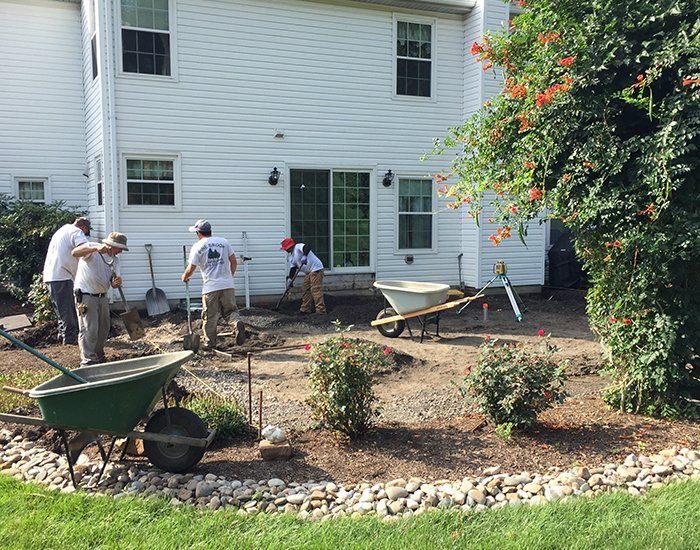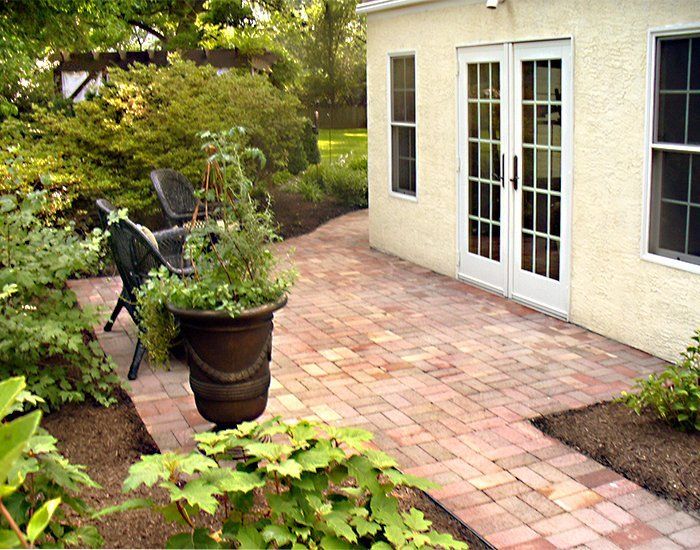Fall Leaf Raking Tips To Make Your Life Easier
PineBrook Staff • October 9, 2019

Enjoy More Of The Brisk, Clear Autumn Days!
Do you live on a property that’s blessed with trees that transform into striking brilliant red and gold foliage in autumn? That blessing can feel like a curse when those beautiful leaves eventually fall and accumulate in your yard. Weekends turn into battles against nature as you struggle to rake up all of those leaves. But it doesn't have to be this way!
These tips will not only help get the job done faster and more efficiently, but you might even feel less discomfort afterward...
Use The Right Rake
Before you purchase a rake, make sure it feels comfortable and easy to use. When you rake with bad posture, your back is going to hurt afterward. The pain will seriously undercut the amount of time you can spend on the job so you’ll find yourself raking more often. Rakes with a narrow spread gather fewer leaves so choose varieties with a wider tine spread. Also, look for rakes labeled “no-clog”- these have angled tines that won’t pierce the leaves and create blockages.
Consider Your Comfort
Remember to stand up straight and switch your leading hand on the rake frequently to prevent arm and shoulder fatigue. If you’re not used to this type of labor, raking can cause painful blisters on your hands. Always wear gloves which should fit snugly but not too tight. Fallen leaves are dry and dusty when you mow, mulch or rake them. So if you are sensitive to dust or have allergies, wear a dust mask, hat and protective eyewear while you work and save yourself a lot of sneezing.
At First, Mow & Mulch
Early in the fall when the leaves have not yet blanketed the ground and the grass still needs mowing, you can save yourself time and effort by simply running a mulching lawn mower over the leaves instead of raking first and mowing second. By doing this, you’re cutting down on the work and, more important, the nutrients contained in the leaves will return to the soil, which will benefit the lawn greatly.
Rake With The Wind
The wind and slope can work either for you or against you when you’re raking leaves, so why not let nature pitch in? Leaves might be light, but they do follow gravitational pull. Find out which way the wind normally blows in your backyard and start raking your leaves downhill with the wind—even if the pile doesn’t end up where you intended. You can always move the pile to where you need it, such as the compost bin/pile or the curb for municipal clean-up.
Save Time With A Tarp
Leaves are light, so you can transport quite a bundle of them when you use the right strategy. Rake the leaves onto a tarp, then pull the tarp to take the leaves where you need them to be. Or you can tie the ends of the tarp together and transport the whole thing. This is a quicker, safer and easier way than constantly bending over to manually pick up piles of leaves to shove into smaller bags or a wheelbarrow.
Rake & Blow in Rows
Leaf blowers can greatly reduce clean-up time but only if you work them correctly. If you move all the leaves into the center of your lawn, you’ll be constantly running back and forth, wasting a lot of time and energy. Instead, separate your lawn into quadrants, then blow or rake all the leaves in each quadrant into rows, working from one end to the other. By raking and/or blowing the leaves back and forth in a grid pattern, you’ll save time and end up with a cleaner lawn.
Know Your Limits
Leaf season lasts several weeks, so there’s no rush to finish the job - especially when leaves are still on the trees. Know your limitations and don’t overexert yourself. If you feel yourself wearing down, stop for the day. You have plenty of time to get the job done.
Don’t Have Time to Keep Up with Seasonal Maintenance?
Seek help from the professionals at PINE BROOK LANDSCAPING
for convenient and affordable fall landscaping maintenance services. We also offer landscape design & installation, hardscaping design & installation
and lawn care services. With our quality craftsmanship and attention to detail, we have been serving residents in and around Philadelphia, Bucks and Montgomery County for almost 30 years. Our experts look forward to identifying your needs and delivering the options that will suit your preferences and budget. Click to contact Pine Brook Landscaping online or call 267-718-1771 and we will be in touch with you soon!
RECENT BLOG POSTS
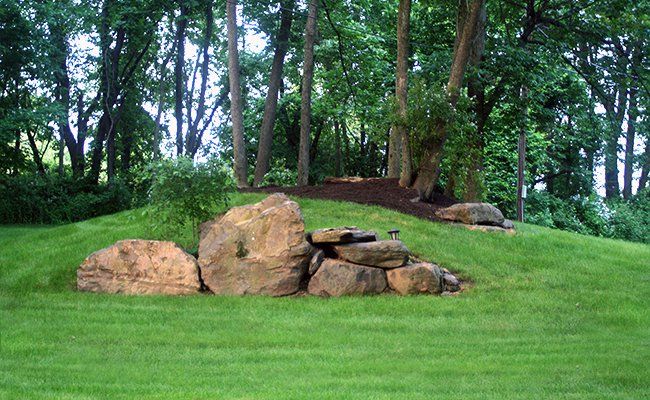
Caring for your lawn the right way will allow you the pleasure of a healthy, luxuriant green lawn. Lawn mowing may be a weekly ritual but are you sure you are doing it correctly? One of the secrets of a lush lawn is mowing your grass to the right height. Attentive lawn mowing services will keep your grass healthy and also help increase the density of your lawn...
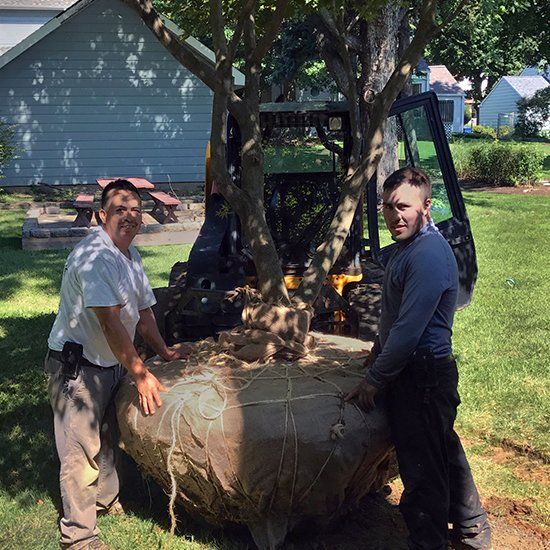
Trees are an investment. How well that investment grows depends on several factors including, the type of tree planted, its location and the care provided. Getting your new tree off to a healthy start will help the tree mature to its full size and ensures it will provide environmental, economic, and social benefits throughout its lifetime...
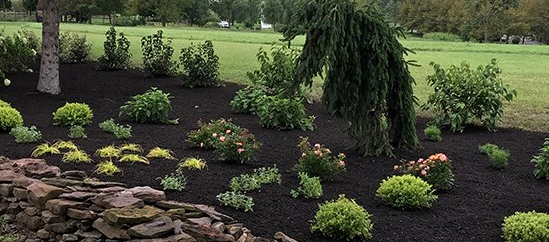
If the thought of cutting into what looks like a perfectly happy plant makes you cringe, you're not alone. Even homeowners who know the benefits of pruning—better health, more pleasing habit, bigger flowers—are often still confused about exactly the right time and right way to make the cuts. But once you understand how plants respond to pruning, you'll realize how many problems a well-placed cut can solve...

After nearly a year of confinement, our outdoor spaces have become sanctuaries of solace and sanity. We all want to find more ways to integrate the gentle presence of nature into our dwellings. The pandemic has reinforced the idea that green spaces and private outdoor space improve health and mental wellbeing. Naturally, landscape and hardscape design has become a priority. Here are some predictions on the outdoor design trends that will influence our spaces in 2021...


